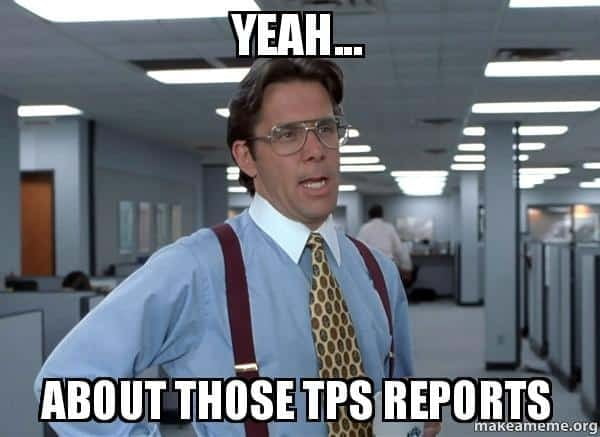EDR, XDR, and MDR: What are they and why are they important?
As one piece to a larger cybersecurity puzzle (strategy, plan, and ultimately, framework), EDR, XDR, and MDR are all cybersecurity solutions that help organizations detect and respond to threats. However, they have different features and capabilities.
Importance of EDR, XDR, and MDR
EDR, XDR, and MDR are all important cybersecurity solutions, but the best solution for an organization will depend on its specific needs and budget.
Organizations with limited resources may want to consider EDR. EDR solutions can be effective at detecting and responding to threats, and they are typically more affordable than XDR and MDR solutions.
Organizations with more complex needs may want to consider XDR or MDR. XDR solutions can provide a more complete view of threats and can automate threat detection and response. MDR solutions can provide organizations with 24/7 monitoring and threat response, which can be helpful for organizations with limited security resources.
EDR (Endpoint Detection and Response) is a software solution that collects and analyzes endpoint data to detect and respond to threats. EDR solutions typically collect data from endpoints such as Windows Event Logs, Sysmon logs, and file system changes. They use this data to identify suspicious activity, such as malware infections, unauthorized access, and data exfiltration. EDR solutions can also be used to block threats and remediate incidents.
XDR (Extended Detection and Response) is a more comprehensive approach to EDR that collects data from a wider range of sources, including endpoints, networks, cloud, and user behavior. This allows XDR solutions to provide a more complete view of threats and to respond more effectively. XDR solutions typically integrate with other security tools, such as SIEM (Security Information and Event Management) and SOAR (Security Orchestration, Automation, and Response), to automate threat detection and response.
MDR (Managed Detection and Response) is a service that provides organizations with 24/7 monitoring and threat response for their endpoints. MDR providers typically use EDR or XDR solutions to collect and analyze endpoint data. They then use this data to identify and respond to threats on behalf of their customers. MDR providers can also provide additional services, such as threat hunting, incident response, and compliance reporting.
In summary, the key differences between EDR, XDR, and MDR are:
- Scope: EDR focuses on endpoints, while XDR collects data from a wider range of sources. MDR is a service that provides 24/7 monitoring and threat response for endpoints and other key components of the network.
- Capabilities: EDR can detect and respond to threats, but XDR has more comprehensive capabilities, such as threat hunting and incident response. MDR providers can also provide additional services, such as threat hunting and compliance reporting.
- Pricing: EDR solutions are typically priced per endpoint, while XDR and MDR solutions are typically priced per organization.
The best solution for an organization will depend on its specific needs and budget. Organizations with limited resources may want to consider EDR. Organizations with more complex needs may want to consider XDR or MDR.
Here is a table that summarizes the key differences between EDR, XDR, and MDR
| Feature | EDR | XDR | MDR |
| Scope | Endpoints | Endpoints, networks, cloud, user behavior | Endpoints |
| Capabilities | Detect and respond to threats | Detect, respond, and hunt for threats | Detect, respond, hunt for threats, and provide 24/7 monitoring |
| Pricing | Per endpoint | Per organization | Per organization |
| Company type | Best solution |
| Small company with limited resources | EDR |
| Medium-sized company with moderate resources | EDR and/or XDR |
| Large company with complex IT environment | EDR + XDR and/or MDR |

Readiness Report
Schedule a security interview with one of our experts, then in a few days, we'll generate a custom, 50 to 100 page Cybersecurity Readiness Report you can use as a playbook for your security strategy.
You can even use the report as ammunition for your case to get your security budget passed.
About Cloud 9
Cloud 9 Advisers, LLC was formed as a client-facing, business-to-business agency/firm in 2017 with the goal of forever changing the way businesses buy AI, cybersecurity, contact center, and other important IT-related services and solutions: faster, better, less formal, and with the high-quality due diligence and integrity that all companies expect.
Technology Sourcing Experts

